Should You Use Tight vs. Loose Differential Pair Spacing and Coupling?
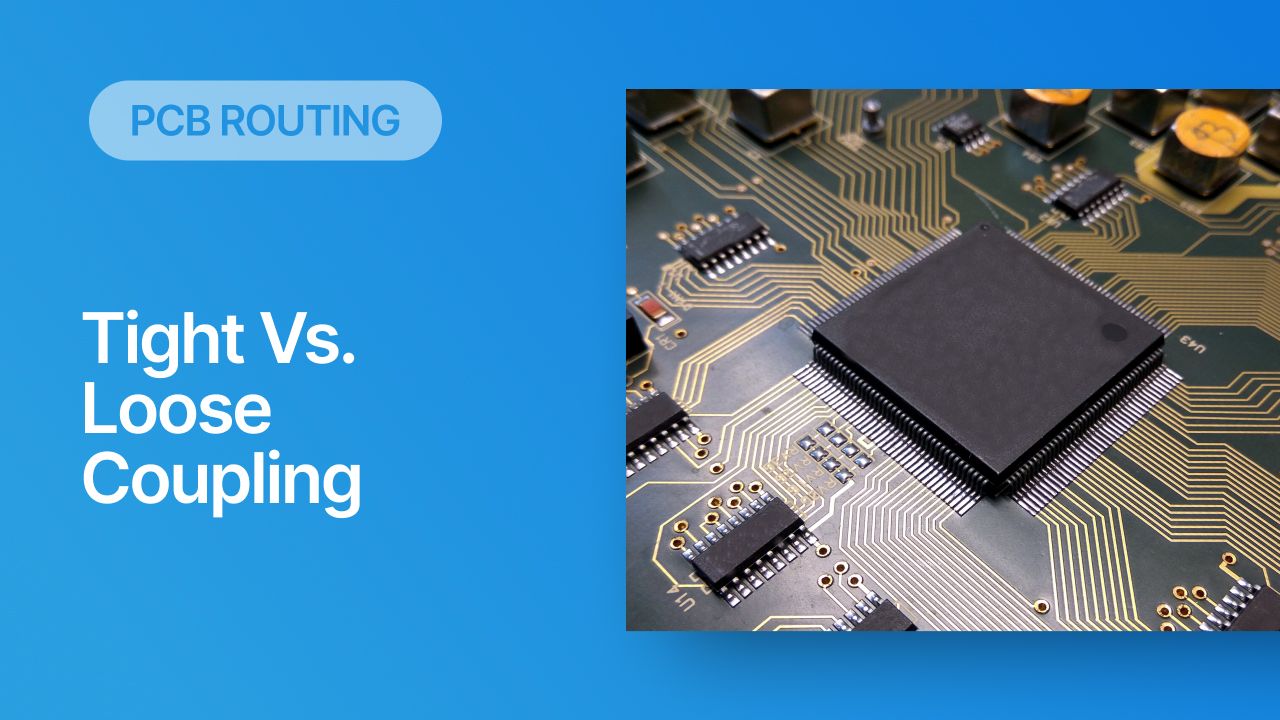
We get a lot of questions about trace impedance and how to calculate the right trace size to hit a specific impedance in a manufacturable PCB. Just as important as determining an appropriate trace width for a single-ended trace is determination of an appropriate spacing between two traces in a differential pair. So the question is, how close do the traces in a differential pair need to be to each other, and is the need for “tight coupling” really necessary?
What’s interesting about this design guideline is that it is probably the only PCB design rule of thumb that is most poorly defined. What exactly is “loose coupling” or “tight coupling” in a numerical sense? If you ask 10 different signal integrity gurus, you’ll get 20 different answers!
In this article, we want to get closer to a realistic description of tight coupling vs. loose coupling in terms of differential pair spacing, as well as how the differential pair spacing affects things like impedance, differential-mode noise, reception of common-mode noise, and termination. As we’ll see, the focus on tight coupling (whatever that is supposed to mean) has its merits, but it’s often cited as necessary for the wrong reasons.
How Differential Pair Spacing Affects Signal Integrity
Let’s look at each of the dimensions I mentioned above to see exactly where differential pair spacing plays a role, and how to set the appropriate value.
Impedance
The primary parameter in a differential pair that is affected by spacing is the impedance. The impedance of a differential pair depends on the self capacitance and self inductance of each trace, and the mutual capacitance and mutual inductance between each trace. This means the formula for the typical impedance of a different l pair needs to be decomposed into the odd impedance and the differential impedance, which are defined as follows:

The mutual inductance and capacitance exist to give the two pairs an equivalent total inductance and capacitance, respectively. In the above equation, we’ve ignored losses (R and G in the transmission line impedance equation), but that’s okay, the point here is to pay attention to spacing.

- The closer you place the pairs together, the differential impedance gets smaller because LM and CM get larger. Both LM and CM converge to zero as spacing goes to infinity.
In other words, if you are designing to hit a differential impedance target (such as specified in a standard or determined from measurements), then you cannot put the two pairs too close together, otherwise you will not violate the impedance target as the differential impedance will be too small. However, smaller spacing will concentrate the electric and magnetic fields between the two traces along the length of the route, which increases loss.
Mutual inductance and mutual capacitance between two traces is not easy to calculate, and there are no simple closed-form formulas that you can use. There are some longer formulas in some research articles, but they are very long and unwieldy. A better option is to use a stackup editor with a built-in calculator. This type of utility normally uses an electromagnetic field solver to determine the impedance of a differential pair, rather than determining the mutual capacitance and inductance.
Common-mode Noise Suppression
Differential pairs are sometimes described as being immune to crosstalk, although it’s not always stated whether this is from single-ended signals or differential signals. Regardless, the truth is that differential pairs are not immune to crosstalk, either from differential-mode noise sources or common-mode noise sources. To learn more about the former, you can read this article about differential crosstalk.
What about common-mode noise that originates as crosstalk? If you’re looking at a single-ended aggressor trace that induces a signal in a nearby differential mode pair, the reality is that you can never guarantee total common-mode noise suppression, no matter how closely you route the two traces in a differential pair. However, tighter coupling does help.
To see why, we just need to look at how the fields from a single-ended aggressor trace spread out in space. Because the fields fall off with distance from the trace, the nearer trace in the differential pair receives more noise than the farther trace.

Here, I would argue that the optimal solution is to move the single-ended trace farther from the differential pair, rather than just placing the pair closer together. If that is not a viable solution, then smaller spacing will give the same effect, but with higher loss along the differential pair.
Differential-mode EMI
There is one more myth that differential pairs emit no EMI. This is also untrue; if it were true, then we would not be able to measure differential crosstalk. However, the radiated EMI from a differential pair is in the differential mode, so it is less intense than the noise emitted from a single-ended trace or a group of traces. This is one reason you can run extremely high speed serial data across a differential link without constantly failing EMC testing: there is simply less noise than would be seen if the data was sent across a single trace.
Because differential EMI would only be a concern when routing serial data over a long differential pair, you might be tempted to bring the pair closer together to counteract noise. I would again state that losses (insertion loss) are much more important in this situation. In a long link where you would need to use differential pairs, losses will dominate the channel behavior, and you don't need to have extremely tight spacing. Make sure to simulate and measure your channel behavior, preferably with a test board, before you finalize your differential pair design for use with your particular signaling standard.
Mode Conversion and Reflections in Length Tuning
There are two related signal integrity problems created by tight coupling in side of a length tuning structure::
- Mode conversion in length tuning structures
- Reflections at the input of a length tuning structure
These two points represent a tradeoff: the length tuning structures is needed to bring signals into phase, but they create reflections and mode conversion.
When a differential signal travels along a length tuning structure, it will experience some mode conversion, meaning common-mode noise can convert to differential-mode noise, and vice versa. When there is smaller spacing between the pairs, there will be greater odd-mode impedance deviation along the length-matched trace, as well as a corresponding greater change in propagation delay on each trace.
The result is that the length tuning structure causes some common-mode noise to appear as differential mode noise at the receiver, which might then violate the reciever's noise margin.
- Learn more about mode conversion in length tuning structures
- Learn more about the impedance of length tuning structures
Why the Focus on Spacing and Length Matching?
In the distant past, before designers had access to a wealth of CAD tools and professional electronics design software, applying length matching and consistent spacing to a differential pair was a time-consuming process. Today, PCB designers are spoiled with CAD tools that make it extremely easy to apply length matching sections to a differential pair. Design rules that interface with your routing tools also make it extremely easy to apply consistent spacing between each trace in a differential pair, including very tight spacing if needed.
Even though it may not be necessary within the bounds of traditional termination methods and differential impedance targets, we see a few reasons to use a small spacing:
- Reduced differential-mode noise emission and differential crosstalk
- Higher chance of noise being received as true common-mode noise
- Lower differential-mode noise emitted between the pair
However, contrary to popular belief, opting for the smallest possible spacing is not required for termination, and it will increase losses along the length of the pair. Then once you apply length tuning along a closely spaced pair, you will see greater mode conversion and impedance deviation when the length tuning section is applied. Termination is a long discussion that I’ll present in some videos and in another article. An overview can be found in this article, and the main takeaway is that termination treats the differential pair as two single-ended signals, not in terms of some differential impedance.
When you need to set and maintain differential pair spacing and specific impedance targets in your design, use the complete set of PCB routing and simulation features in Altium. The integrated routing tools give you everything you need to complete your physical layout while maintaining your geometry rules and impedance targets. When you’ve finished your design, and you want to release files to your manufacturer, Altium makes it easy to collaborate and share your projects.

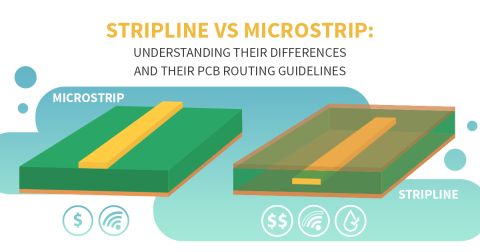
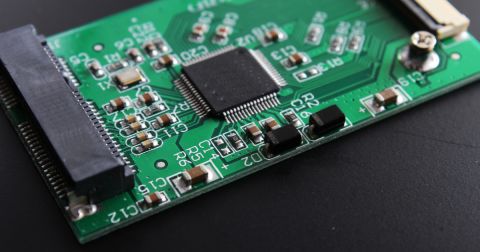
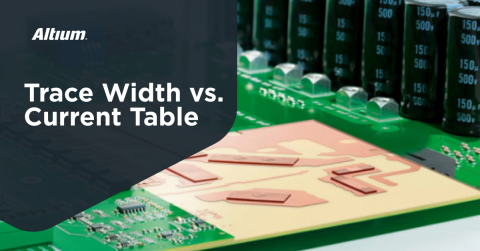
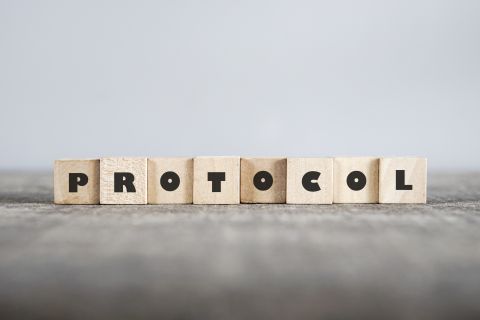
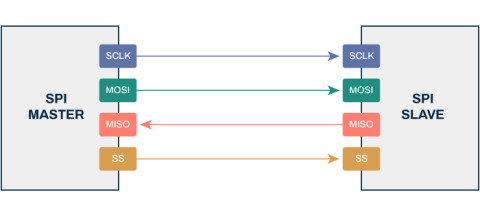
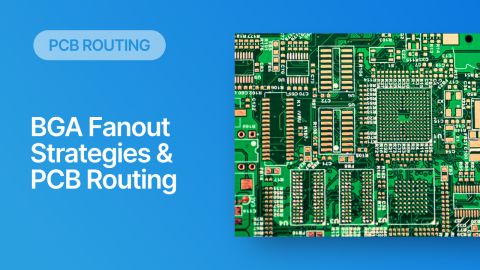

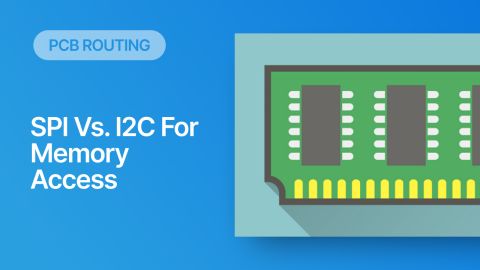
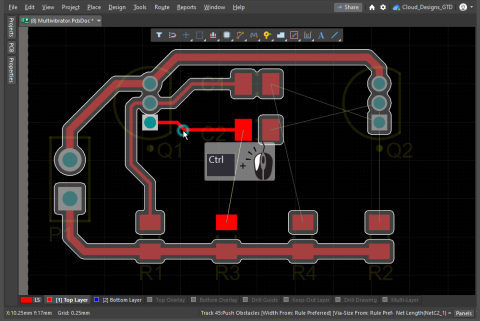
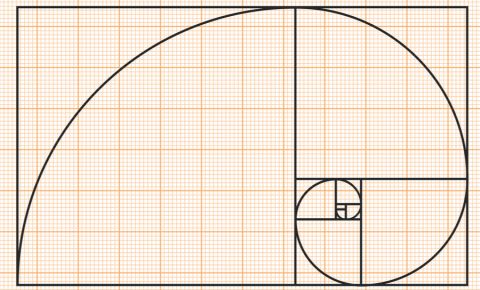

 Back
Back